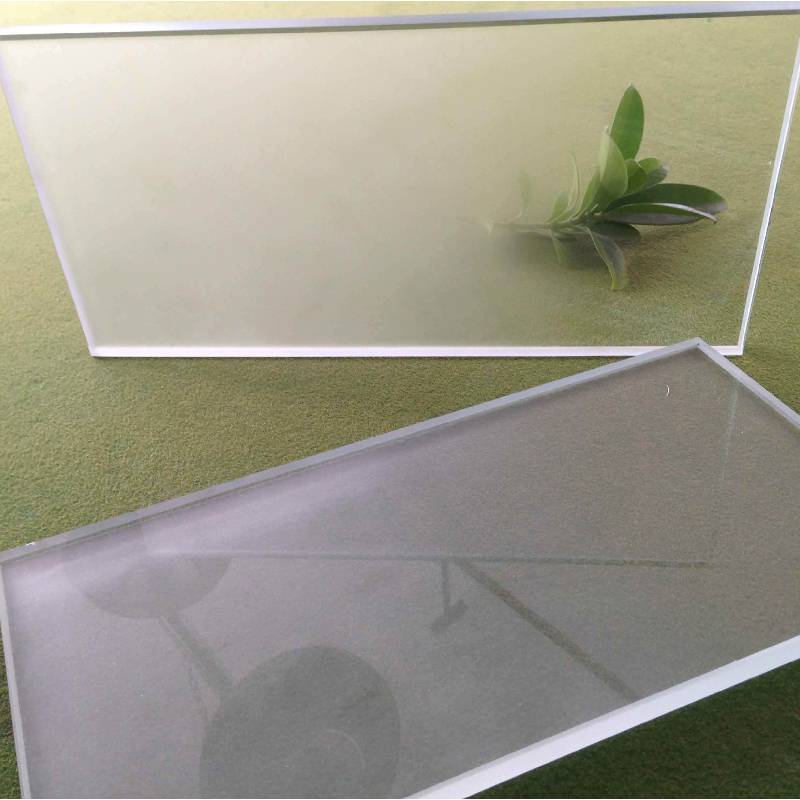

The Allure of Mirror Reflective Glass A Modern Architectural Marvel
In the realm of modern architecture, materials play a pivotal role in shaping the aesthetics and functionality of structures. Among these, mirror reflective glass has emerged as a striking element, revolutionizing the way buildings interact with their environment. This unique glass not only enhances the visual appeal of structures but also offers practical benefits, making it a favored choice for architects and designers worldwide.
Mirror reflective glass, characterized by its reflective surface, serves to create a stunning visual effect. When sunlight hits these surfaces, they glitter and shimmer, blending the structure with its surroundings. This quality is particularly evident in urban settings, where tall buildings draped in reflective glass can transform the skyline. Such structures often appear to float above the cityscape, reflecting the bustling life around them while simultaneously offering a dramatic contrast to the surrounding concrete and steel. The interplay of light and shadow on the building’s façade creates a dynamic visual experience, changing with the movement of the sun throughout the day.
Beyond aesthetics, mirror reflective glass thrives on functionality. One of its most significant advantages is energy efficiency. The reflective properties of the glass minimize heat absorption, helping to regulate indoor temperatures and reduce reliance on air conditioning systems. This feature is increasingly critical in today’s context of climate change and rising energy costs. By using reflective glass, buildings can achieve substantial energy savings, contributing to both financial and environmental sustainability.

Furthermore, mirror reflective glass enhances privacy for occupants within the building
. While it provides a clear view of the outside world during the day, it limits visibility from the exterior. This aspect is particularly appealing for office buildings and residential complexes situated in busy urban areas, allowing inhabitants to enjoy their spaces without the prying eyes of passersby.Safety is another essential consideration in the use of mirror reflective glass. The technology behind this glass offers improved strength and impact resistance compared to regular glass. This ensures that buildings are not only stylish but also secure, a critical factor in urban architecture where safety is paramount.
However, the use of mirror reflective glass is not without its challenges. One notable issue is glare, which can create discomfort for pedestrians and drivers. Architects must thoughtfully consider the placement and angle of reflective glass to mitigate these impacts while still achieving the desired aesthetic effects.
In conclusion, mirror reflective glass stands out as a hallmark of contemporary architectural design. It seamlessly marries beauty with functionality, promoting energy efficiency, enhancing privacy, and contributing to the urban landscape. As architects and designers continue to innovate, the role of reflective glass in constructing sustainable and visually dynamic environments is likely to expand, making it a staple in the designs of tomorrow. With its myriad benefits, mirror reflective glass is not just a material—it's a reflection of our aspirations for a harmonious blend of nature, society, and architecture.